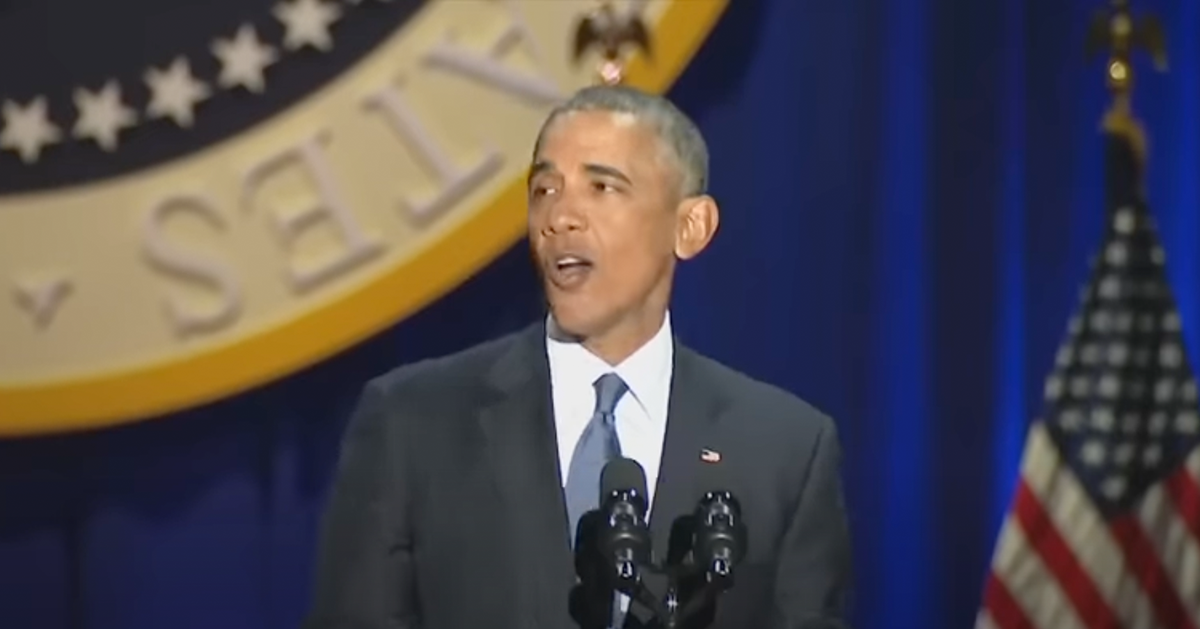Biden-Harris Admin Oversees Massive Surge in Immigration During Tenure in Office
The Biden administration has overseen a sharp increase in immigration to the United States, processing over 9 million migrants since 2020, and of these, an estimated 6.5 million are illegal or quasi-legal migrants, a significant rise compared to the previous decade.
The surge in migrant inflow that has risen into the millions has had both economic and social impacts, with the increase almost tripling the numbers from previous years and raising questions about job markets and wages, as Breitbart reports.
Since taking office, President Joe Biden’s administration has continued to allow large numbers of migrants into the country. These figures do not include migrants turned away at the border, but the number processed since 2020 nearly equals the number admitted in the entire previous decade. This influx includes a variety of immigrants, from those seeking asylum to others entering the country through quasi-legal channels.
Economic Impacts and Job Market Concerns
Reports from the Congressional Budget Office (CBO) indicate that the continued influx of migrants could potentially weigh on wages and productivity.
While some sectors benefit from the increase in low-wage workers, American workers may face stiffer competition in various job markets. Notably, construction jobs have seen a substantial shift in employment demographics.
While 6.5% of new migrants are employed in construction, only about 1% of U.S. citizens work in the same field. The overall productivity in construction has fallen by 40% since 1970, and experts argue that better labor productivity growth could have bolstered the economy. Had construction productivity grown at 1% annually since the 1970s, it is estimated that labor productivity across all sectors would be 10% higher today.
Education and Skill Gaps Among Migrants
The education and skill levels of incoming migrants also play a significant role in their economic impact. Approximately 23% of the migrants entering the country during Biden's term lack a high school diploma. On the other hand, around 36% of new arrivals hold bachelor’s degrees from foreign universities, although the value of these degrees in the U.S. labor market may vary.
One small but notable group of migrants -- roughly 2.5% -- works in highly skilled fields such as software development, offering some positive contributions to sectors reliant on technological expertise. However, the overall effect on the U.S. workforce remains complex, as these inflows tend to disproportionately affect low-wage industries.
Job Market Pressures on Recent Graduates
As the job market adapts to the influx of new workers, concerns have been raised about its impact on recent graduates. A spring survey pointed to decreased hiring projections for the 2023 graduating class, reflecting a tightening job market. Professional and business services, a key sector for recent graduates, have seen hiring drop to levels not observed since 2009.
Many recent graduates have expressed frustrations with their job search, citing limited opportunities. Baily Hays, a recent graduate, described her experience as a “grueling process” and noted that most of her peers faced similar challenges in securing employment. This hiring slowdown in key sectors compounds the pressures created by increased competition from migrant workers.
Untracked Migration and Economic Impacts
In addition to the millions of migrants processed through legal and quasi-legal means, an estimated two million migrants have entered the U.S. undetected since 2020. This untracked migration adds further pressure to labor markets, as employers may find themselves balancing the need for additional labor with the challenges of integrating undocumented workers.
The economic effects of this large-scale migration are multifaceted. While some investors and businesses benefit from the availability of cheaper labor, the influx may depress wages for certain American workers. Critics argue that this contributes to broader economic inequality, as the wealthy and business owners see increased profits, while many middle- and lower-class Americans struggle to compete for jobs and affordable housing.
Calls for Policy Alternatives and Future Implications
Despite the current administration's approach, alternative strategies have been suggested by prominent figures. BlackRock founder Larry Fink spoke about the potential benefits of a low-migration strategy during a pro-globalist event in April.
Fink pointed to the potential for technological advances, such as robotics and artificial intelligence, to offset the negative economic effects of a shrinking population. He emphasized that even with fewer workers, technological innovation could elevate standards of living in the U.S. and other developed countries.
However, this perspective has not been widely adopted by the Biden administration, which continues to favor policies that facilitate significant levels of migration. This approach aligns with the interests of various industries that rely on lower-wage workers, though it has sparked debate about the long-term economic consequences.
Conclusion: A Balancing Act for the U.S. Economy
The Biden administration’s immigration policies have brought over 9 million migrants into the country since 2020, with significant implications for both the economy and labor markets.
While certain sectors benefit from the inflow of workers, the larger economic picture is more complex, as wage suppression and decreased productivity are key concerns. The administration’s handling of immigration, coupled with alternative perspectives on technological solutions, will likely continue to shape the nation's economic future in the years to come.
In the end, the ongoing debate highlights the challenge of balancing the needs of businesses with the well-being of American workers. As the U.S. economy navigates these shifts, policymakers will need to carefully weigh the costs and benefits of continued high immigration levels.





